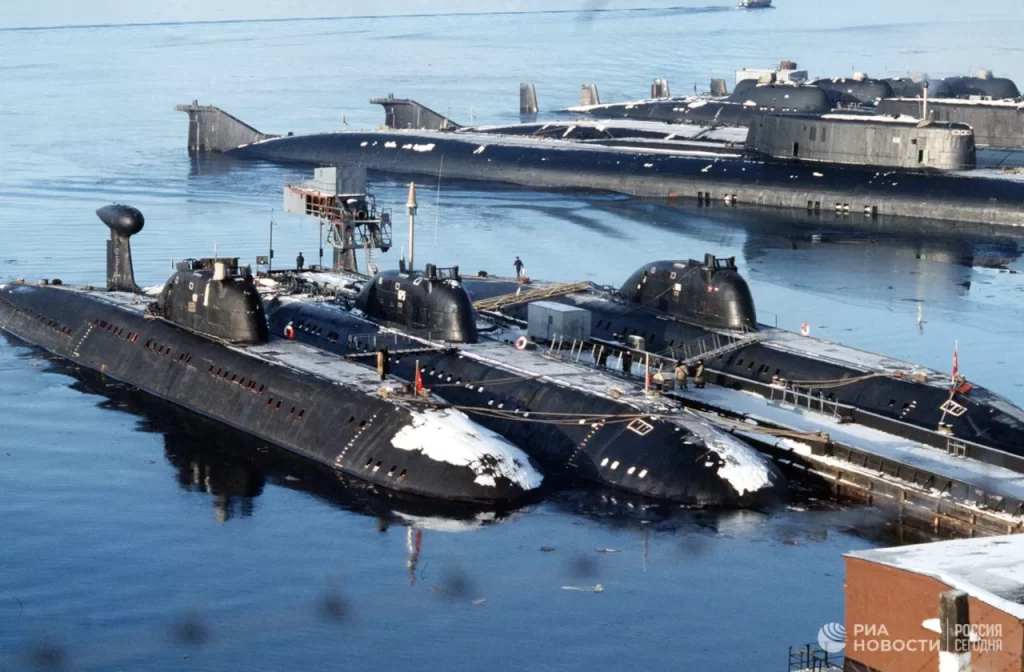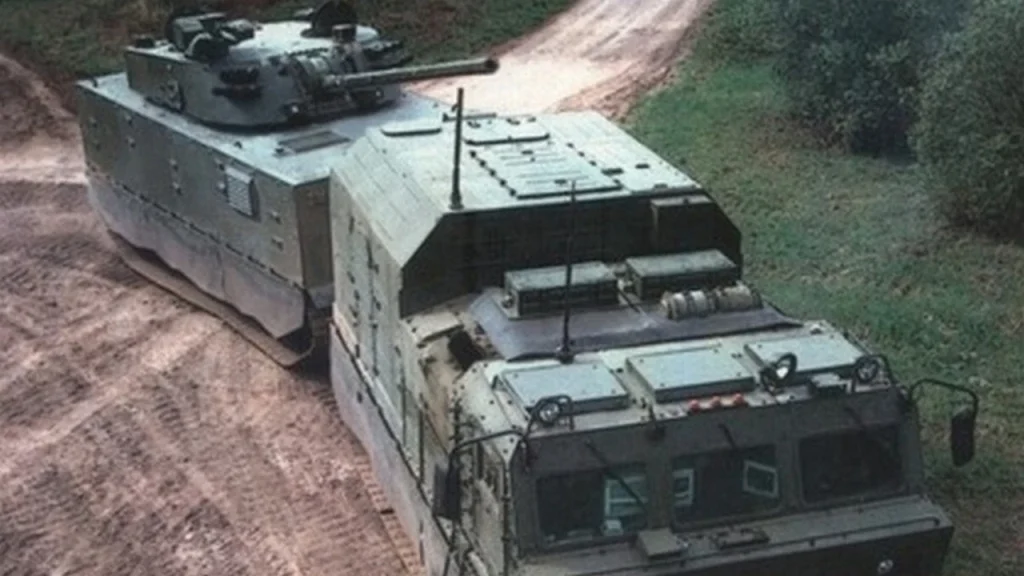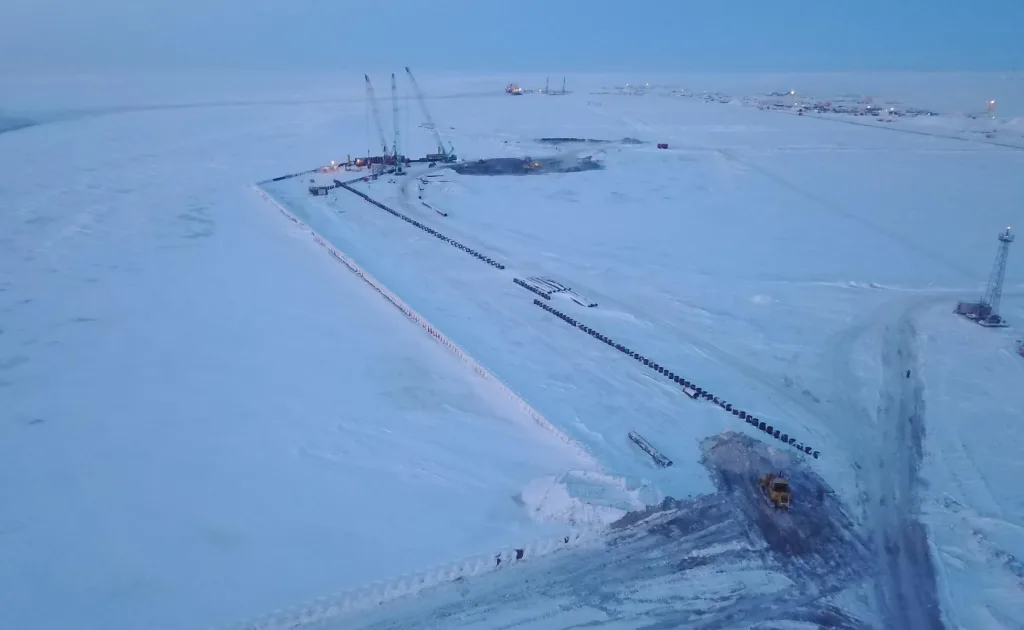Given the current state of affairs in Europe, Russia’s armed forces believe it is necessary to strengthen these frontiers. Because of the strategic assets that are positioned there, including strategic submarine missile carriers, the defence lines of the Kola Peninsula must be protected and strengthened.
It’s doubtful that Turkey’s veto of Sweden’s entry into the alliance will last very long. The Turks will eventually give in to NATO pressure and drop their veto. Since Sweden and Finland were partially neutral, having large forces in the area was unnecessary. According to the Izvestiya Daily, the Russian Ministry of Defence has planned to create a new joint-service force as part of the Northern Fleet.
The Leningrad Military District (LenVO) had jurisdiction over the region to the northwest before the military reforms at the turn of the previous decade. It was made up of brigades rather than divisions and such structures. It consists of the 200th Guards Motorised Rifle Brigade, the 80th Arctic Brigade, and the 61st Marine Brigade. During the restructuring, the Moscow Military District (MVO) and the Leningrad Military District (LenVO) amalgamated to become the Western Military District; however, units and formations stationed in the Arctic reported directly to the Northern Fleet.
The new unit is intended to be organised and operated based on an army corps. The armed forces will comprise motorised rifle brigades, regiments, and divisions. The personnel will undergo training to ready them for military missions in the extreme Arctic conditions.

Establishing this joint-service force intends to enhance the military capabilities and readiness of forces stationed in the region. The specialised training in Arctic warfare will equip the personnel with the necessary skills and knowledge.
The preparations for the transfer had already begun. Evgeny Burdinsky, Chief of the Main Organizational-Mobilization Directorate (GOMU) of the Russian Armed Forces General Staff, announced early in June that the Moscow and Leningrad Military Districts would be established this year. He also discussed the creation of two armies, one of which would be a combined-service force, while the other would be an air force. Burdinsky, on the other hand, did not provide any specifics regarding the site where they will be formed.
Arctic becomes important
In recent years, the Arctic region has developed into a strategically important location, and nations that are members of NATO have shown a significant increase in interest in the region. Once every two years, Norway hosts the expansive alliance exercises known as Cold Response. These drills took place in the spring of 2022 and were attended by approximately 30,000 armed forces members, in addition to over 200 aircraft and fifty ships.
The administration of Joe Biden presented an updated edition of the National Strategy for the Arctic Region in the previous year. This document outlines the United States’ strategic goals for the Arctic region through 2032. The plan highlights the importance of strengthening the US military presence in the Arctic, increasing exercises and collaboration with partner countries, and strengthening the US’s military presence in the Arctic to deter aggression in the Arctic, especially from Russia, and to modernise the North American Aerospace Defence Command’s (NORAD’s) air defence capabilities.
The US acknowledged the growing geopolitical importance of the Arctic region and the need to preserve its national security interests, reflected in the new plan. This highlights the importance of sustaining stability and cooperation in the region and being prepared to face any potential difficulties or developments that may arise in the area. The text emphasises the intention to collaborate with friends and partners to advance a rules-based system and ensure the Arctic area is secure and prosperous.
Russian Activities in the Region
The Russian Armed Forces undertake frequent military drills in the polar areas of the world. A major illustration of this is the annual exercises known as “Umka,” which include conducting polar research and training personnel.
The Ministry of Defence issued a report on the results of the exercises the year before, stating that the submarines carrying cruise missiles, such as “Omsk” and “Novosibirsk” of the Pacific Fleet, launched anti-ship cruise missiles from the waters of the Chukotka Sea while in the surfaced position. These missiles included “Granit” and “Onyx.” In addition, as a component of the manoeuvres, the submarine “Magadan” made its way into the Pacific Ocean via the Northern Sea Route.
These military drills demonstrated that Russia could operate in the Arctic and strengthened the country’s readiness to defend its national security interests in that region. Additionally, the exercises contribute to the research and comprehension of the Arctic environment, which enables the military to adjust its strategy and tactics accordingly.

Up to 15 ships, submarines, and support boats led by the destroyer “Admiral Ushakov” took part in the extensive exercises between May 24 to 26. Overlapping Notice to Airmen (NOTAM) signs labelled Temporary Danger Area were activated for areas of the Barents Sea exceeding 150,000 square kilometres. The NOTAMs, as extensive as half of the Norwegian mainland, covered the airspace over the waters from the Fishermen Peninsula in the south to approximately 74°N. The purpose of these drills in the harsh Arctic environment, was to improve the operational readiness and coordination of the naval forces in various scenarios, such as combat operations, maritime security, and logistical support. Such drills help the Russian Navy improve its efficiency and effectiveness in the Arctic, where a strong presence is strategically essential.
On July 1, the Arctic detachment of the Northern Fleet, consisting of battleships from the Kola Flotilla and other units, announced that they would begin their annual Arctic campaign. During the campaign, the fleet would practise its tactics in a series of coastal, island, and Arctic Ocean drills.
These drills are part of Russia’s ongoing strategy to keep a robust military presence and protect its interests in the Arctic. Tactical capabilities, such as navigation in ice-infested seas and the execution of combat operations in extreme conditions, can be developed and tested in the exercises conducted in the challenging Arctic environment.
In recent years, the Northern Fleet has obtained cutting-edge ships manufactured by Russian industry. In 2022, it was supplemented by the silent submarine of Project 677, “Kronstadt.” These subs can dive to depths of over 300 metres, have a maximum speed of 21 knots, and have a displacement of 1,800 tonnes.
In addition, the Northern Fleet contains the most advanced strategic missile-carrying submarines from the “Borey-A” programme. It also deploys the modern multipurpose submarines of Projects 885 “Yasen” and 885M “Yasen-M” and the frigates of Project 22350 “Admiral Gorshkov.” These vessels are equipped with “Kalibr” cruise missiles and will be armed with “Tsirkon” hypersonic missiles shortly. These developments in naval capabilities substantially improve the fleet’s combat readiness and strategic deterrence capabilities in the Arctic region.
Russia initiated a military formation in the Arctic region during the middle of the previous decade. The Northern Fleet unified strategic command, which presently has the status of a military district, was established. It was given separate territories and military divisions from the Western Military District.
The forces from the Central and Eastern Military Districts located in the Arctic region were added to the Arctic grouping. The 14th Army Corps, composed of the 80th and 200th separate motorised rifle brigades, joined the fleet’s coastal divisions. These units train their personnel in skiing, using reindeer and dog sledges, and even constructing igloos – the traditional snow dwellings of the Eskimos.
The “Bal” and “Bastion” coastal missile complexes and air defence systems are deployed on Arctic islands. There have been reconstructions of polar airfields and the stationing of fighter aircraft there. In addition, regular land and sea forces deployments from other regions to the Arctic are commonplace.
In 2021, a squadron of ships from the Northern Fleet practised deploying naval infantry along the Northern Sea Route through manoeuvres. Marine infantry units and Arctic motorised rifle units assaulted various polar coastlines.

